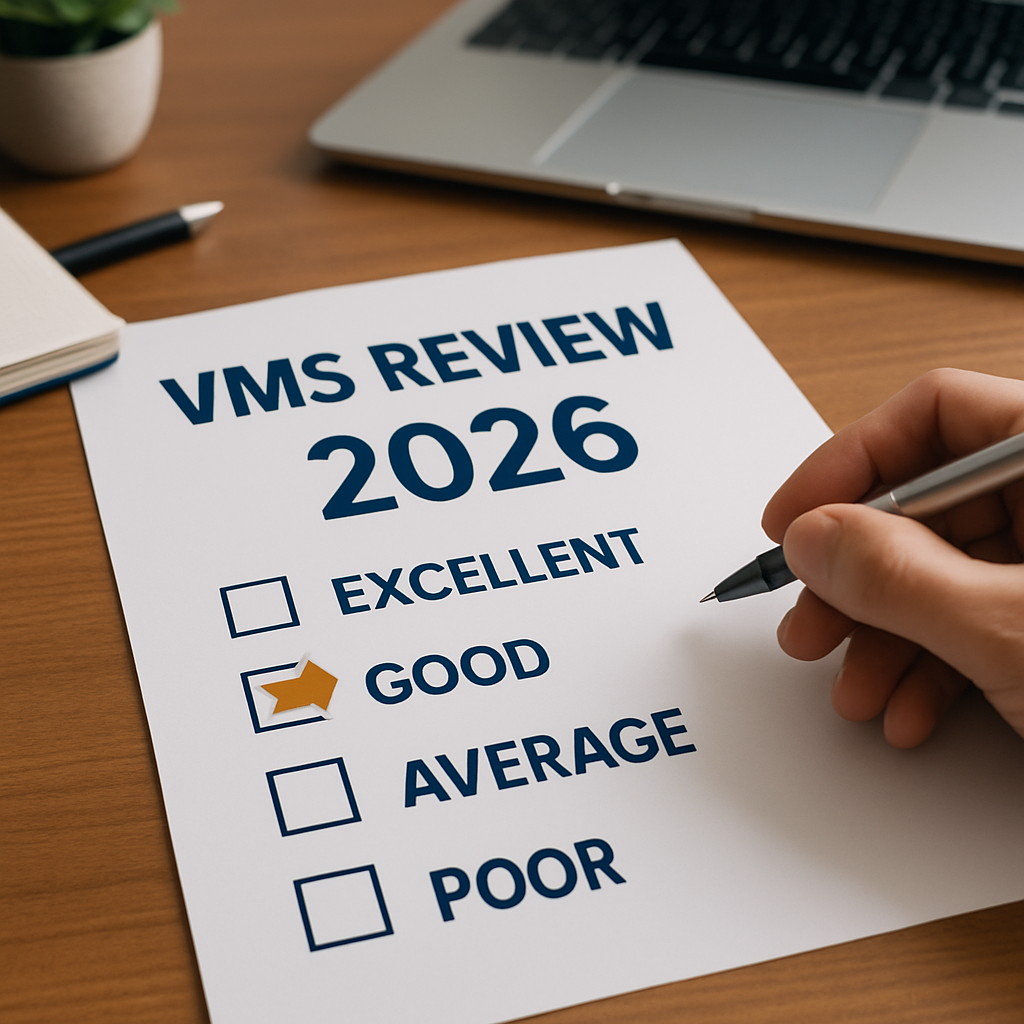What exactly is a Vendor Management System (VMS) and how does it underpin contingent workforce management?
For businesses looking to improve how they manage their contingent workforce program, a key component is the implementation of Vendor Management technology (VMS).
Implementing a contingent workforce program is a complex strategy that requires a business to design, plan and implement a program that not only meets their immediate workforce objectives, but also taps into benefits such as cost reduction, automation and optimization.
To be successful, a contingent workforce management program should be centralized in one place, allowing organizations to mitigate inconsistent hiring practices and inefficient management tactics.
Manual spreadsheets simply are not an effective way to manage a contingent workforce. Building a successful program is heavily reliant on investing and implementing the right technology solutions.
For businesses looking to improve how they manage their contingent workforce program, there’s one logical addition to their strategy - the implementation of VMS technology. But what exactly is a VMS and how does it underpin contingent workforce management?
What does VMS stand for?
VMS stands for vendor management system - a web or cloud-based system that allows organizations to find, engage and manage staffing services on a temporary, permanent or contract basis.
A vendor management system helps solve a common problem for many businesses, centralizing and automating the complex processes involved in managing staffing vendors and the external workforce.
Common functionalities of a VMS include:
- Automated billing and invoicing
- Job requisition and staff ordering
- Onboarding
- Contingent workforce management reporting
How a VMS will benefit your contingent workforce program
Research from SAP Fieldglass and Oxford Economics found that 65 percent of executives report that they use external labor for critical business functions, and 91 percent expect the use of an external workforce to grow over the next three years.
That means the use of a VMS is more important than ever before, helping organizations to centralize and properly manage their contingent workforce program.
With that in mind, here are just a few of the top benefits a business can realize through the implementation of a VMS:
- Complete visibility into your contingent workforce program
A vendor management system gives an organization complete visibility into their contingent workforce, providing insight into who is working for them, where, why, when and at which rates, as well as complete insight into the performance of staffing agencies.
With all contingent workforce data stored in a centralized location, a VMS acts as a centralized hub for organizations to find the information they need, evaluate the performance of the staffing agencies they partner with, and review the results of their overall contingent workforce program.
- Reduced costs
On the topic of visibility, a vendor management system will ensure a business has complete clarity over how much they are spending, where the money is being used and how much hiring managers are paying staffing agencies.
This enables contingent workforce improvements, ensuring all hiring managers are paying pre-determined agency rates, reducing rogue spend by ensuring all hiring managers are in line with the overall contingent workforce strategy and ensuring procedures are consistent across the entire organization.
- The automation of complex processes
A vendor management system automates time-consuming and laborious tasks, such as onboarding, time entry and approval, and billing. As a result of the improved process efficiencies that organizations realize through the use of a VMS, companies are able to make tangible cost savings.
For example, the current cost to process a paper invoice can be as high as $25 an invoice - and that’s not included the average 4-5 percent of errors on the average invoice. This not only costs businesses hard dollars, it costs them time when they have to fic these errors with their agencies. Automating those processes not only saves the costs associated with processing paper invoices, but also mitigates the risk of human error.
- Comprehensive reporting
A VMS will generate data-driven comprehensive reports that give a business insight into time, cost, compliance, contingent workforce quality (and quantity), and other KPIs such as time-to-fill, turnover and time-to-hire.
Using these reports, a business is able to gather all of the information they need to evaluate the performance of their staffing agencies, making sure each vendor is helping them meet their workforce targets.
Are you interested in learning more about Vendor Management Systems?
Conexis is an award-winning VMS tailored specifically for mid-market contingent workforce programs. Leveraging the latest technology, Conexis delivers the expertise, reliability and security of enterprise systems, while offering the flexibility, user friendliness and tailored service you require. Read more about our company here: Conexis VMS
Additional Articles on this Topic


